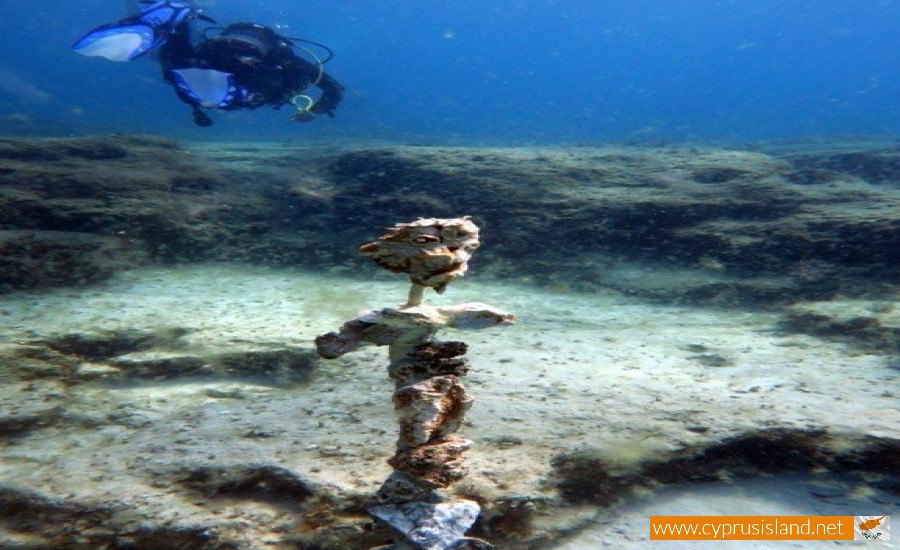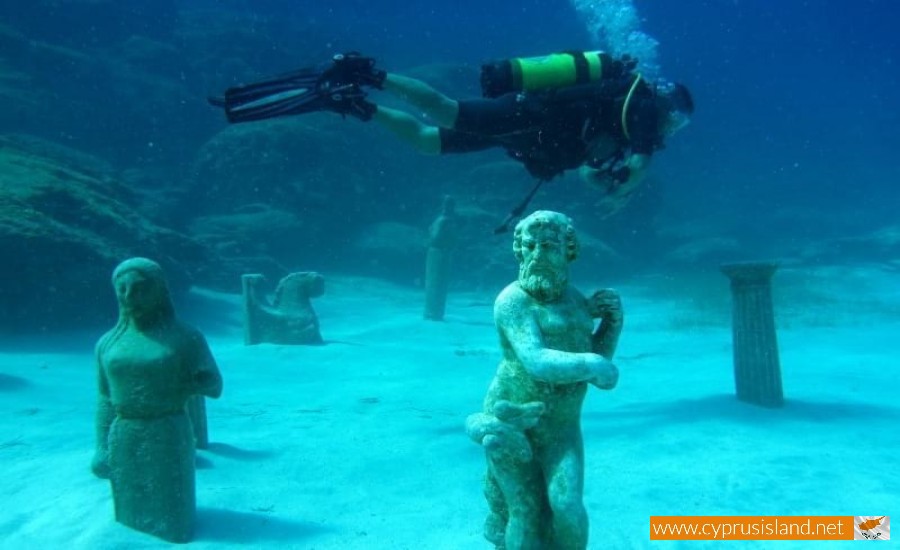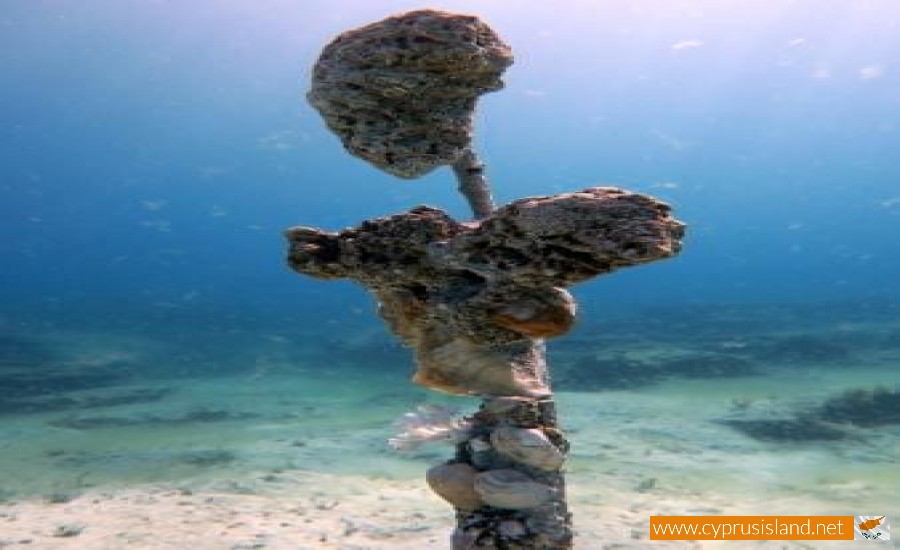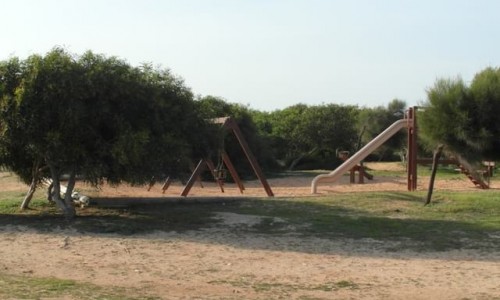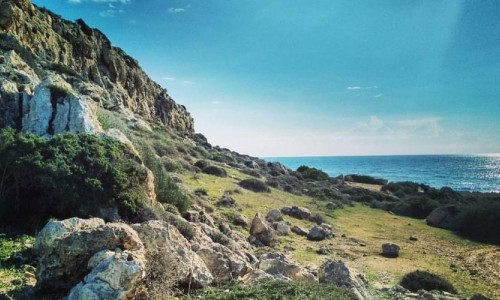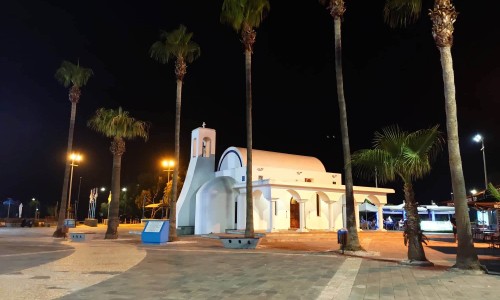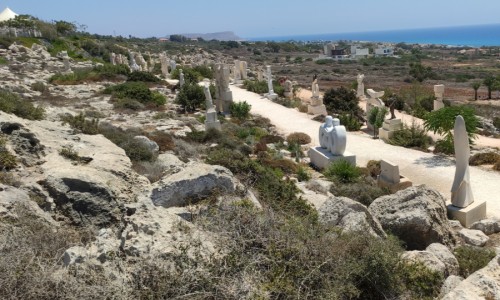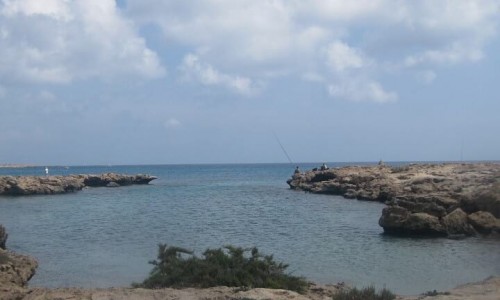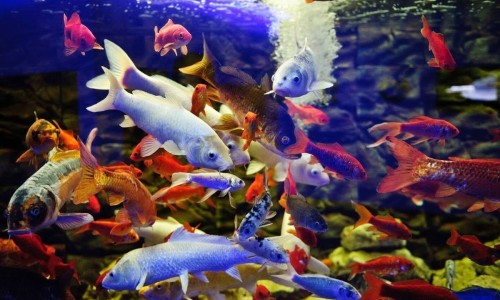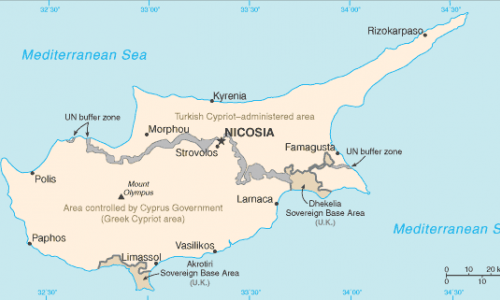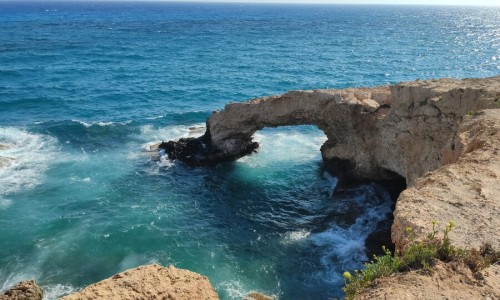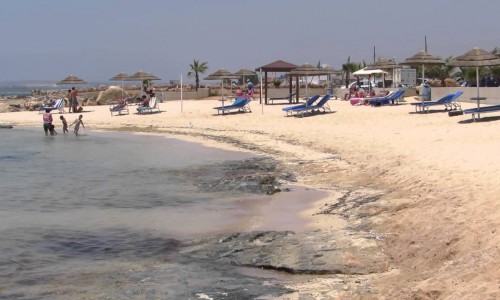Ayia Napa Underwater Sculpture Park
Off the sun-kissed coast of Ayia Napa, Cyprus, lies a groundbreaking blend of art, nature, and environmental innovation—the Museum of Underwater Sculpture Ayia Napa (MUSAN). Opened in 2021, this pioneering underwater museum is the first of its kind in the Mediterranean and represents a visionary step toward merging artistic expression with marine conservation.
A Visionary Artistic Endeavor
The museum showcases more than 90 sculptures crafted by renowned British artist and environmentalist Jason deCaires Taylor. His works are renowned globally for transforming underwater spaces into immersive art galleries that double as artificial reefs. At MUSAN, the sculptures include lifelike human figures, representations of trees, and evocative scenes that capture the delicate relationship between humanity and nature.
Positioned at depths ranging from 8 to 10 meters, these artworks invite snorkelers and divers alike to explore an underwater forest where creativity and ecology entwine. The figures are arranged in ways that tell stories—of community, of environmental fragility, and of Cypriot cultural themes—making the museum a rich narrative experience beneath the waves.
A Thriving Artificial Reef
Beyond their artistic allure, the sculptures serve an essential ecological function. Made from pH-neutral marine cement, they create new habitats for marine life. Over time, the sculptures become colonized by coral, algae, sponges, and other organisms, turning into vibrant living reefs that foster biodiversity.
This process supports fish, crustaceans, and mollusks, helping to restore and enhance the marine ecosystem, especially important in areas where natural reefs have been degraded. The museum is thus a beacon of hope, illustrating how art can be a powerful tool in environmental rehabilitation and awareness.
Exploring MUSAN: What to Expect
Visitors can experience MUSAN by snorkeling or diving, depending on their certification and comfort level. The site is accessible by a short boat ride from Pernera Beach, just a couple of hundred meters offshore. Guided tours are available, ensuring safe navigation through the underwater paths while offering insightful commentary about the sculptures and marine environment.
The water clarity in this area is typically excellent, especially from late spring through early autumn, making the colors of the sculptures and marine life vividly visible. While visiting, it's important to respect the delicate environment by avoiding physical contact with the sculptures and marine life, following all safety and conservation guidelines.
Educational and Cultural Impact
MUSAN goes beyond being an innovative tourist attraction; it serves as an educational platform raising awareness about pressing environmental issues such as ocean pollution, climate change, and the urgent need to protect marine habitats. Schools and environmental organizations often use the museum as a case study for how creative solutions can foster ecological stewardship.
Moreover, the museum emphasizes the connection between humans and nature, reminding visitors that we are part of a larger ecosystem. The sculptures evoke themes of coexistence, vulnerability, and hope—encouraging reflection on how our actions impact the planet.
Planning Your Visit
- Best Time to Visit: The optimal period is from May to October when water temperatures and visibility are ideal.
- What to Bring: Snorkelers should bring or rent quality gear. Certified divers will need their certification cards and suitable diving equipment.
- Booking: It’s highly recommended to book through certified diving centers that provide experienced guides, safety briefings, and necessary equipment.
- Accessibility: While the museum is most suited for snorkelers and divers, some shallow sculptures can be viewed by strong swimmers equipped with masks and fins.
Capturing the Experience
The museum offers incredible photographic opportunities. Underwater cameras or waterproof housings for smartphones can capture the surreal scenes of sculptures adorned with marine growth. For best results, shoot on sunny days with calm seas to maximize natural light and visibility. Visitors are encouraged to photograph respectfully without disturbing the environment.
A Symbol of Harmony
The Museum of Underwater Sculpture Ayia Napa stands as a shining example of how art can foster environmental regeneration and cultural dialogue. It invites visitors to immerse themselves in a world where creativity and nature coexist, highlighting the vital importance of protecting our oceans for future generations.
Whether you are an art lover, nature enthusiast, diver, or simply curious traveler, MUSAN offers a unique, unforgettable experience that inspires awe, reflection, and hope beneath the Mediterranean waves.


